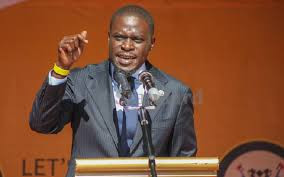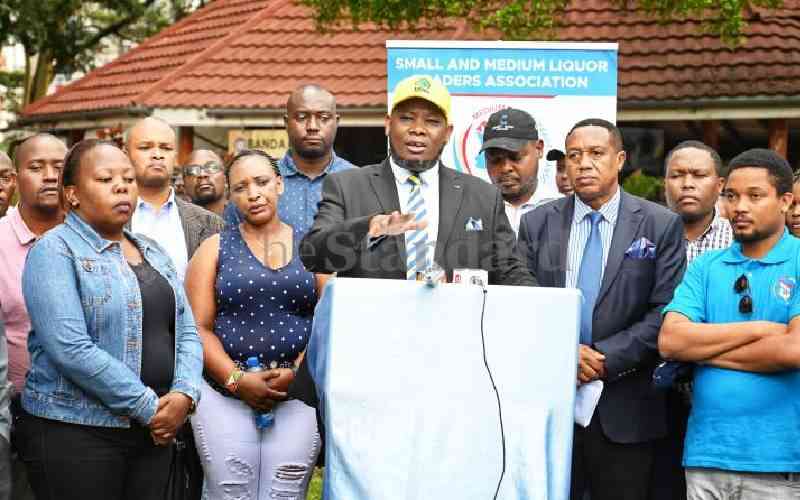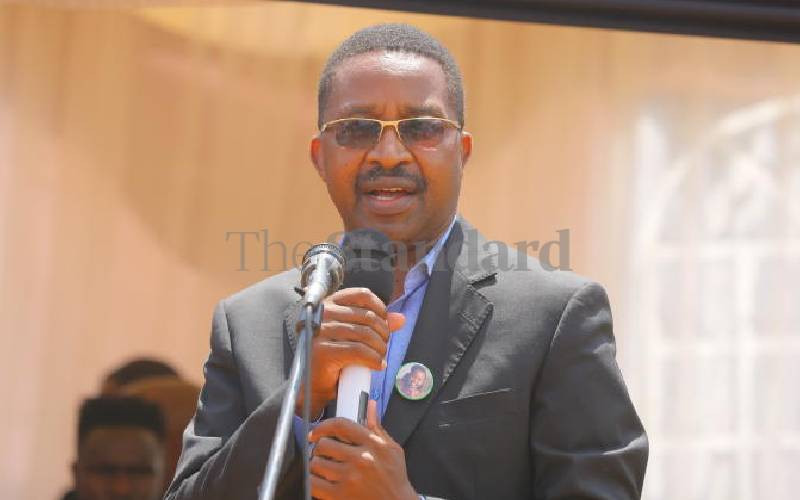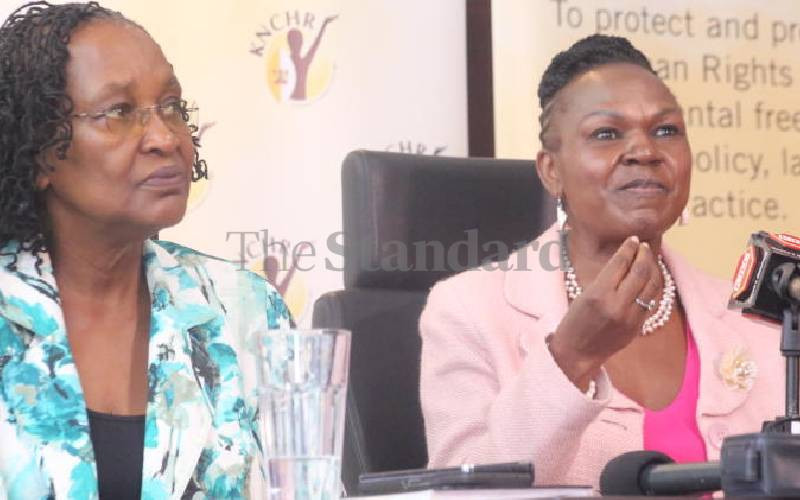
On December 12, 1963, in front of thousands of ululating Kenyans, Governor Malcolm MacDonald handed over power to Jomo Kenyatta, signaling the end of colonialism in Kenya.
Soon, a brand new Kenyan flag was hoisted as the colonialists' standard was lowered.
Today, for the umpteenth time, since it was first raised on these same grounds, the Kenya national flag will fly majestically at Uhuru Gardens during Mashujaa Day celebrations.
Uhuru Gardens is a befitting venue; significantly symbolic for thousands of Kenyans who fought for the country's independence. They had wanted the final rites to see off the colonialists conducted in these gardens, in 1963.
Post World War II, amid a wave of local resistance that incensed the colonialists, rebels had been rounded up and tortured. One of the notorious grounds where this happened was the Lang'ata Concentration Camp, now Uhuru Gardens.
As they get feted, the remnants of these peerless heroes and heroines will remember the torture they were subjected to on these very grounds, now given a facelift to immortalise their determination. They did not buckle.
The park is located along Lang'ata Road, near Wilson Airport, on 68 acres. It is 15 minutes away from Nairobi city's central business district (CBD). During the 59th Madaraka Day Celebrations, the first of its kind at Uhuru Gardens, then President Uhuru Kenyatta spoke of the importance of the park.
"Why did our independence heroes choose these gardens as a place to midwife our young nation? What was the significance of these grounds in the history of our liberation struggle and what did they want remembered by generations to come? Uhuru posed.
"On these very grounds sat the largest concentration camp in colonial Africa, holding up to 10, 000 freedom fighters at any one given time. Many of our compatriots were tortured and maimed for life in that camp and many more unknown heroes died in this field."
The struggle for independence was ugly and bloody and the colonialists, unwilling to cede power, tortured the resistant mob. Local fighters, buoyed by the resilience of some of their finest generals, pushed on. Many were tortured and others slaughtered.
The aggression was so intense that colonial governor, Sir Evelyn Baring, in 1952 declared a State of Emergency. The Crown descended on 'rebels' with brute force. In camps along Lang'ata Road, the apprehended dissidents were silenced.
When he opened the Uhuru Gardens National Monument and Museum early this year, Uhuru said that the grounds would be "a place of remembrance and healing... an arena where the past, the present and the future will converge".
Uhuru Gardens will today host first national day celebrations under President William Ruto, months after he lambasted his predecessor for what he termed misuse of resources and dumping of money into unbudgeted for projects following the renovation of the park.
Formerly called Kenyatta Day, 20th October was renamed to Mashujaa Day in honour of thousands of fallen heroes who fought to end colonial rule.
Founding President Jomo Kenyatta addressed the country from Uhuru Gardens for the first time as Prime Minister. He planted a symbolic mugumo tree. Each of Kenya's presidents have made efforts to preserve the park and improve it, including Uhuru who mandated KDF to renovate it in 2020.
"Uhuru gardens was, in 1966, fully gazetted as a National Memorial Park. Such areas were meant for memory, celebrations and reflections of Kenya's identity as a nation. The first president planted a mugumo tree, itself having significance in African culture. In Moi's time, two new monuments were put up: in the 20- and 25-year celebrations of independence," said Idle Farah, former Director General, National Museums of Kenya, in a KDF documentary.
"In 1997, the place was re-gazetted as a national monument until 2003 when the National Museums of Kenya was undergoing reforms including reforming its own legislation that put up The National Museum of Kenya. President Mwai Kibaki was keen on history on sites and monuments and his administration (was determined to) honour national heroes and heroines."
After years of fighting for independence, the Mau Mau fighters wanted to see Kenya get rid of the colonialists.
"Lang'ata Road is dotted with places where former freedom fighters, specifically Mau Mau, were humiliated. The declassified information that we got through Cabinet memoirs stated that celebrations for freedom should be in a specific place where the freedom fighters would feel they were going to enjoy their freedom after a long period of humiliation," said Henry Ndungu, Deputy Director, Records Administration Cabinet Affairs, in the KDF documentary.
The park had been neglected for years, and after it was renovated, the number of Kenyans visiting it increased.
Landscape exhibition really connects to our history quite significantly, installations with artistic license, with each installation delving into a certain aspect of our history with culture, pre-colonial culture, struggle," said Marion Mukolwe, Landscape Architect, Uhuru Gardens National Monument.
 The Standard Group Plc is a multi-media organization with investments in media platforms spanning newspaper print
operations, television, radio broadcasting, digital and online services. The Standard Group is recognized as a
leading multi-media house in Kenya with a key influence in matters of national and international interest.
The Standard Group Plc is a multi-media organization with investments in media platforms spanning newspaper print
operations, television, radio broadcasting, digital and online services. The Standard Group is recognized as a
leading multi-media house in Kenya with a key influence in matters of national and international interest.











